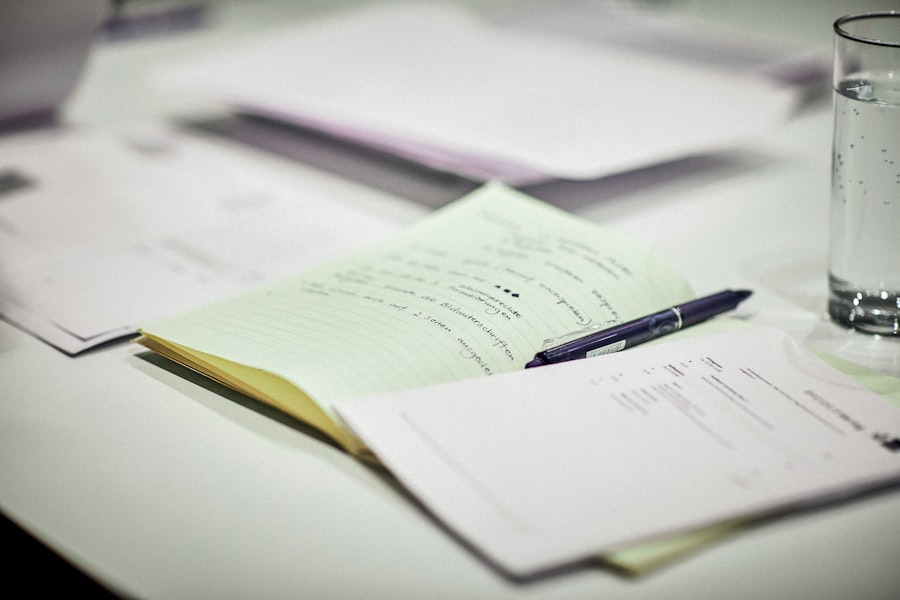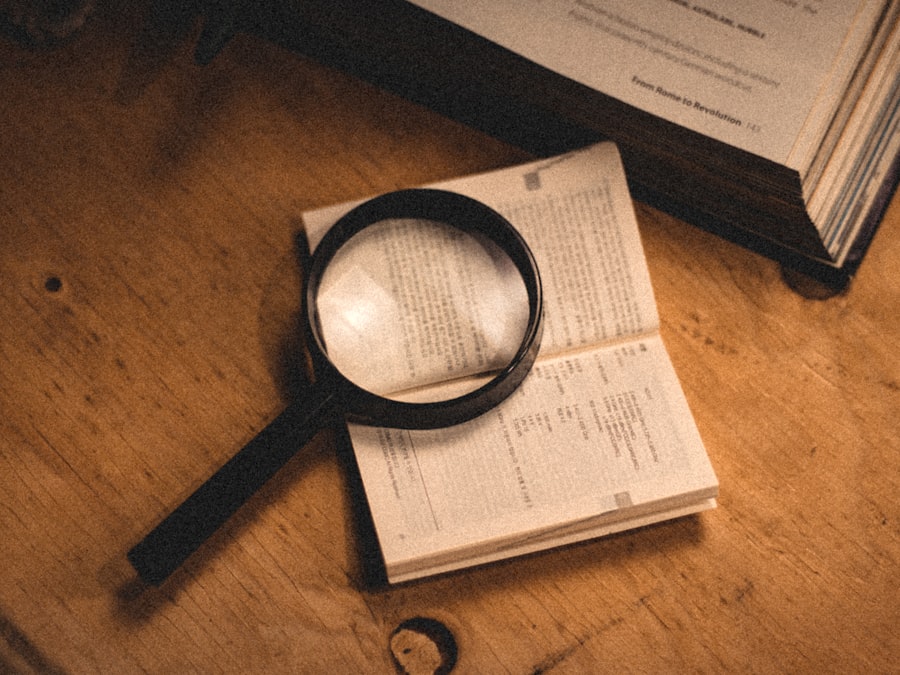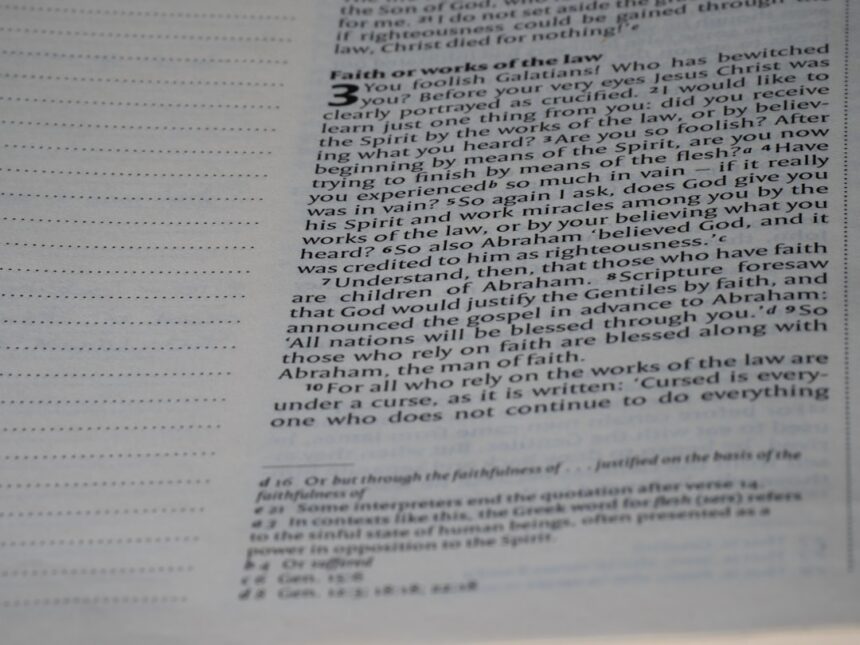As a document examiner, I find myself at the intersection of forensic science and legal investigation. My primary role is to analyze documents to determine their authenticity, origin, and any alterations that may have occurred. This can involve scrutinizing handwriting, ink, paper, and printing techniques.
Each case presents a unique puzzle, and I take pride in piecing together the evidence to provide clarity in often complex situations. Document examiners serve as critical players in legal proceedings, lending our expertise to help judges and juries understand the nuances of the evidence presented. In my work, I often collaborate with law enforcement agencies, attorneys, and other forensic specialists.
The insights I provide can be pivotal in criminal cases, civil disputes, and even historical research. My role extends beyond mere analysis; I also serve as an expert witness in court, where I must clearly articulate my findings and methodologies to those who may not have a background in forensic science. This aspect of my job requires not only technical skill but also the ability to communicate complex information effectively.
Key Takeaways
- Document examiners play a crucial role in analyzing and authenticating various types of documents, including signatures, handwriting, and printed materials.
- The process of document analysis involves careful examination of the physical characteristics, content, and context of the document to determine its authenticity and origin.
- Document examiners may examine a wide range of documents, including wills, contracts, checks, passports, and medical records, among others.
- Techniques used in document examination may include handwriting analysis, ink and paper analysis, and the use of specialized equipment such as microscopes and ultraviolet light.
- Document examiner analysis is important in legal proceedings, fraud investigations, and historical document authentication, as it provides expert opinions and evidence regarding the authenticity of documents.
The Process of Document Analysis
The process of document analysis is meticulous and requires a keen eye for detail. Initially, I begin with a thorough examination of the document in question under controlled lighting conditions. This allows me to identify any visible features that may indicate alterations or forgeries.
I often use magnification tools to inspect the finer details, such as ink consistency and paper texture. Each step is crucial, as even the smallest detail can provide significant insights into the document’s authenticity. Once I have gathered preliminary observations, I move on to more advanced techniques, such as comparing the questioned document with known samples.
This comparative analysis is essential for establishing whether the handwriting or printing style matches that of the purported author. I meticulously document my findings at each stage of the process, ensuring that my analysis is both reproducible and defensible in a legal context. The combination of these methods allows me to build a comprehensive understanding of the document’s characteristics and any potential discrepancies.
Types of Documents Examined

Throughout my career as a document examiner, I have encountered a wide variety of documents that require analysis. Common types include contracts, wills, checks, and identification cards. Each type presents its own set of challenges and intricacies.
For instance, analyzing a will may involve determining whether it was signed under duress or if it has been altered after the fact. In contrast, examining a check might focus on verifying signatures and identifying any signs of forgery. In addition to these everyday documents, I also work with historical artifacts and manuscripts.
The examination of such documents often requires specialized knowledge about historical writing materials and techniques. This aspect of my work is particularly fascinating, as it allows me to delve into the past and uncover stories that have long been hidden. Whether dealing with contemporary documents or historical texts, each case demands a tailored approach based on the specific characteristics of the material at hand.
Techniques Used in Document Examination
| Technique | Description |
|---|---|
| Microscopy | Examination of documents under a microscope to analyze ink, paper fibers, and other features. |
| Spectral Analysis | Using techniques such as UV, IR, and Raman spectroscopy to analyze inks and dyes. |
| Electrostatic Detection | Utilizing electrostatic detection apparatus to reveal indented writing on documents. |
| Chemical Analysis | Applying chemical reagents to identify and differentiate between inks and paper types. |
| UV/IR Photography | Using ultraviolet and infrared photography to reveal alterations and hidden features on documents. |
The techniques I employ in document examination are diverse and continually evolving with advancements in technology. One fundamental technique is the use of ultraviolet (UV) light to reveal hidden features such as watermarks or alterations made with different inks. This non-destructive method allows me to gather information without damaging the document itself.
Additionally, infrared reflectance can be used to detect changes in ink composition that may not be visible under normal lighting conditions. Another critical technique involves the use of digital imaging software to enhance and analyze documents further. High-resolution scans can reveal details that are not easily discernible to the naked eye.
By manipulating contrast and brightness levels, I can uncover subtle differences that may indicate forgery or tampering. These technological advancements have significantly improved the accuracy and efficiency of document examination, allowing me to provide more reliable conclusions.
The Importance of Document Examiner Analysis
The analysis conducted by document examiners holds immense importance in various contexts. In legal settings, our findings can influence the outcome of cases involving fraud, identity theft, or disputes over contracts and wills. The ability to ascertain the authenticity of a document can mean the difference between justice and injustice.
As such, my work contributes not only to individual cases but also to the integrity of the legal system as a whole. Beyond legal implications, document examination plays a vital role in preserving historical records and artifacts. By verifying the authenticity of historical documents, I help ensure that our understanding of history remains accurate and reliable.
This aspect of my work is particularly rewarding, as it allows me to contribute to the broader narrative of human experience through careful analysis and preservation efforts.
Common Misconceptions about Document Examination

Despite the critical role that document examiners play, there are several misconceptions about our work that persist in public perception. One common myth is that document examination is solely about handwriting analysis. While handwriting comparison is indeed a significant aspect of my job, it is just one facet of a much broader field that encompasses various types of documents and analytical techniques.
Another misconception is that document examiners can always definitively determine whether a document is authentic or forged. In reality, many cases involve a degree of uncertainty due to factors such as poor quality materials or lack of sufficient evidence for comparison. My role is not only to provide conclusions but also to communicate the limitations of my findings clearly.
This transparency is essential for ensuring that legal professionals understand the nuances involved in document examination.
Training and Certification for Document Examiners
To become a proficient document examiner requires extensive training and education. My journey began with a solid foundation in forensic science, followed by specialized training in document examination techniques. Many professionals in this field pursue certification through recognized organizations such as the American Society of Questioned Document Examiners (ASQDE) or the International Association of Document Examiners (IADE).
Continuing education is also crucial in this field due to the rapid advancements in technology and methodologies. I regularly attend workshops and conferences to stay updated on new techniques and best practices.
This commitment to lifelong learning ensures that I remain at the forefront of document examination and can provide the most accurate analyses possible.
Legal Applications of Document Examiner Analysis
The legal applications of document examiner analysis are vast and varied. In criminal cases, my expertise can be instrumental in identifying forged signatures on checks or fraudulent documents used in identity theft schemes. Law enforcement agencies often rely on my findings to build cases against suspects or exonerate individuals wrongfully accused based on questionable documents.
In civil matters, my analysis can help resolve disputes over contracts or wills where authenticity is contested. The insights I provide can clarify intentions behind written agreements or determine whether a will was executed according to legal requirements. In these situations, my role extends beyond mere analysis; I often serve as an expert witness in court, where I must present my findings clearly and persuasively to assist judges and juries in making informed decisions.
Case Studies of Document Examiner Analysis
Throughout my career, I have encountered numerous intriguing cases that highlight the importance of document examiner analysis. One notable case involved a contested will where multiple versions had surfaced after the testator’s death. My analysis revealed discrepancies in ink composition and handwriting style between the versions, ultimately leading to a determination that one version was indeed forged.
This finding not only resolved a family dispute but also underscored the critical role that document examiners play in upholding testamentary intentions. Another case involved a series of fraudulent checks being circulated within a community. By analyzing the signatures on these checks against known samples from the alleged perpetrator, I was able to establish that they were indeed forgeries.
My findings contributed significantly to law enforcement’s efforts to apprehend the suspect and prevent further financial crimes within the community.
Challenges Faced by Document Examiners
Despite the rewarding nature of my work as a document examiner, I face several challenges on a regular basis. One significant challenge is dealing with poor-quality documents that lack sufficient detail for thorough analysis. In some cases, documents may be damaged or faded beyond recognition, making it difficult to draw definitive conclusions.
This limitation requires me to exercise caution when presenting findings and communicating uncertainties. Another challenge lies in navigating legal proceedings where opposing experts may present conflicting analyses. In such situations, it becomes essential for me to defend my findings rigorously while remaining respectful of differing opinions within the field.
The adversarial nature of legal proceedings can be daunting; however, it also serves as an opportunity for me to demonstrate the robustness of my methodologies and contribute meaningfully to the pursuit of justice.
The Future of Document Examiner Analysis
Looking ahead, I am optimistic about the future of document examiner analysis as technology continues to advance at an unprecedented pace. Innovations such as artificial intelligence and machine learning hold great potential for enhancing our analytical capabilities. These technologies could assist in automating certain aspects of document examination while allowing me to focus on more complex analyses that require human intuition and expertise.
Moreover, as awareness grows regarding the importance of document examination in various fields—ranging from law enforcement to historical preservation—I anticipate an increase in demand for skilled professionals like myself. This trend will likely lead to further advancements in training programs and certification processes, ensuring that future generations of document examiners are well-equipped to meet evolving challenges in this dynamic field. In conclusion, my role as a document examiner encompasses a wide range of responsibilities that are vital for both legal proceedings and historical preservation efforts.
Through meticulous analysis and ongoing education, I strive to uphold the integrity of documents while contributing meaningfully to justice and understanding within society.
In the field of forensic science, document examiner analysis plays a crucial role in verifying the authenticity of documents and uncovering potential forgeries. A related article that delves into the intricacies of this discipline can be found on the website “Am I Wrong Here.” This article provides insights into the methodologies and technologies employed by document examiners to analyze handwriting, ink, and paper characteristics. For more detailed information, you can read the full article by visiting this link.
FAQs
What is a document examiner analysis?
A document examiner analysis is the process of examining and analyzing documents to determine their authenticity, origin, and any alterations or forgeries.
What does a document examiner analyze?
A document examiner analyzes various types of documents, including signatures, handwriting, printed or typed text, paper and ink, and any other physical characteristics of the document.
What techniques are used in document examiner analysis?
Document examiner analysis may involve techniques such as handwriting analysis, ink and paper analysis, microscopic examination, and other forensic methods to determine the authenticity and origin of a document.
What are the applications of document examiner analysis?
Document examiner analysis is used in legal cases, fraud investigations, historical document authentication, and other situations where the authenticity of a document is in question.
How can I find a qualified document examiner?
Qualified document examiners may be certified by professional organizations such as the American Board of Forensic Document Examiners or the American Society of Questioned Document Examiners. It is important to ensure that the examiner has the necessary credentials and experience in the field.




